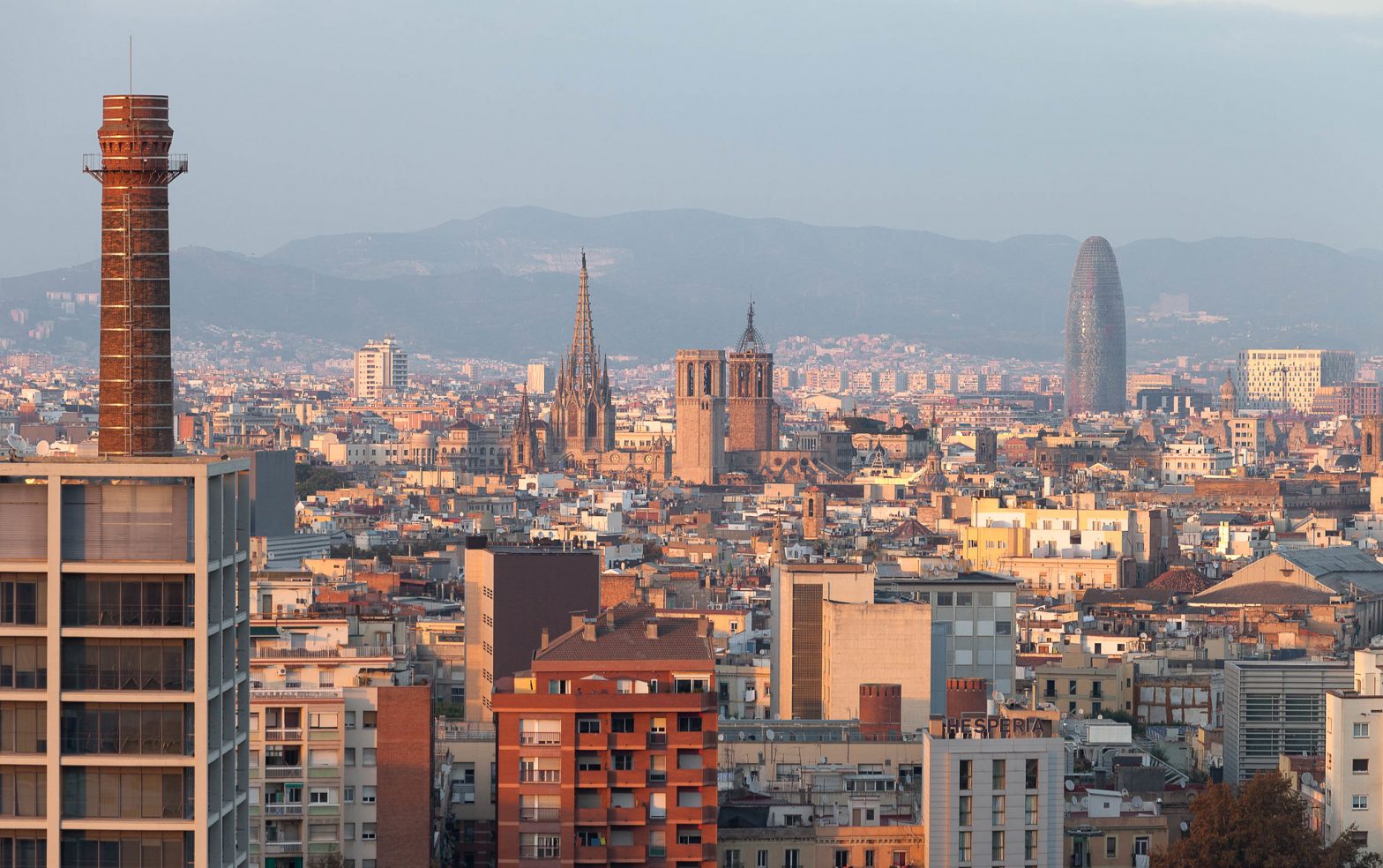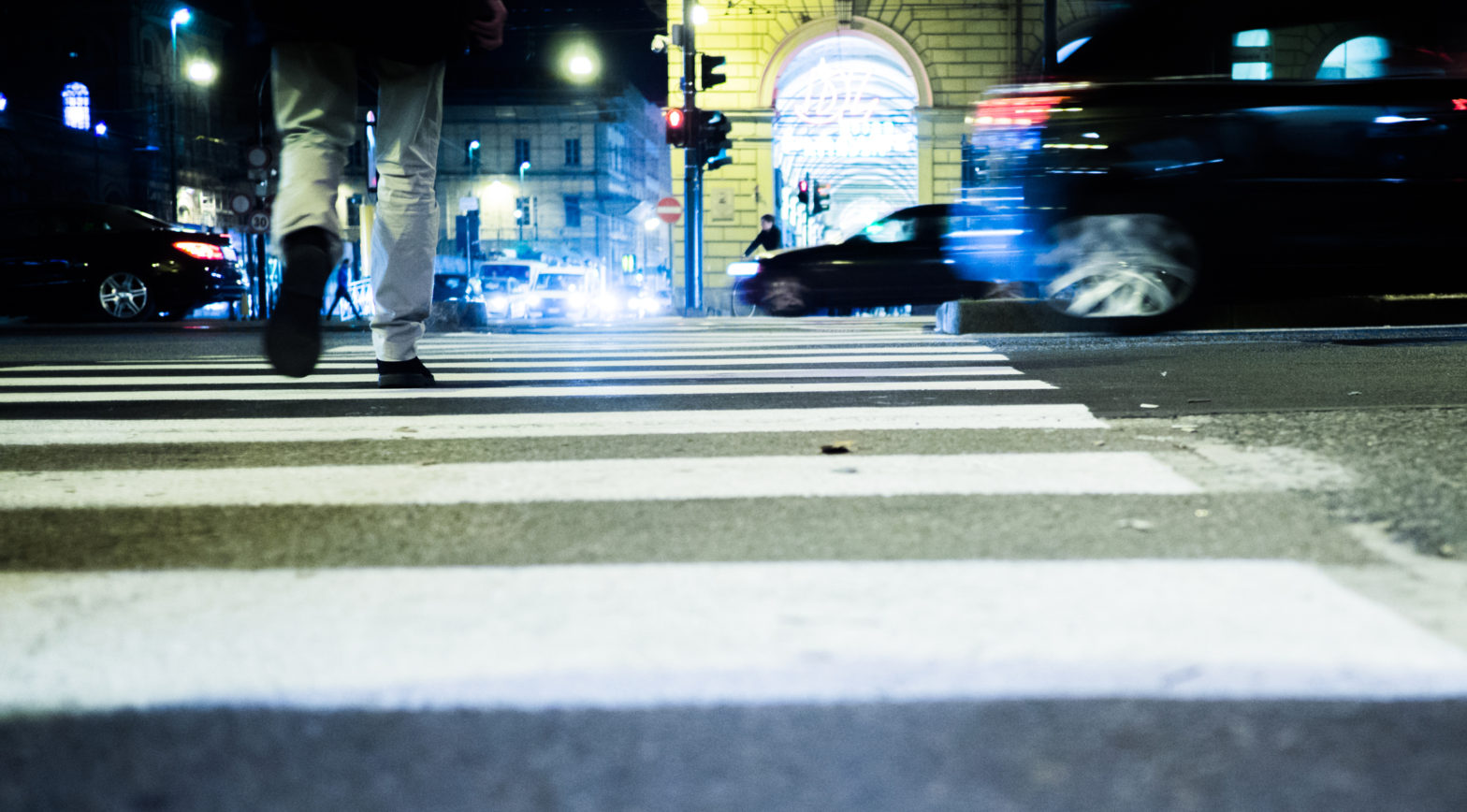
Photo: Stéphane Neckebrock
European air pollution drops due to coronavirus measures
26 March 2020
by Jonathan Andrews
Large decreases in air pollutant concentrations, namely nitrogen dioxide (NO2), have fallen in European cities due to strict quarantine measures imposed across the continent.
The European Environment Agency’s (EEA) data, which is measured hourly on the ground at 3,000 locations, has recorded reductions in some cities of up to 50 percent.
“The EEA’s data show an accurate picture of the drop in air pollution, especially due to reduced traffic in cities,” explained Hans Bruyninckx, EEA Executive Director.
“However, addressing long-term air quality problems requires ambitious policies and forward-looking investments. As such, the current crisis and its multiple impacts on our society work against what we are trying to achieve, which is a just and well-managed transition towards a resilient and sustainable society.”
The EEA’s data in March show how concentrations of nitrogen dioxide (NO2), a pollutant mainly emitted by road transport, have decreased in many Italian cities. For example:
- In Milan, average concentrations of NO2 for the past four weeks have been at least 24 percent lower than four weeks earlier this year. The average concentration during the week of 16-22 March was 21 percent lower than for the same week in 2019.
- In Bergamo, there has been a constant decline in NO2 pollution over the past four weeks. The average concentration during the week of 16-22 March was 47 percent lower than for the same week in 2019.
- In Rome, average NO2 concentrations for the past four weeks were 26-35 percent lower than for the same weeks in 2019.
Similar trends can be seen in other European cities where lockdown measures have been implemented during the week of 16-22 March.
- In Barcelona, average NO2 levels went down by 40 percent from one week to the next. Compared with the same week in 2019, the reduction was 55 percent.
- In Madrid, average NO2 levels went down by 56 percent from one week to the next. Compared with the same week in 2019, the reduction was 41 percent.
- In Lisbon, average NO2 levels went down by 40 percent from one week to the next. Compared with the same week in 2019, the reduction was 51 percent.
A number of health authorities have warned that those citizens with certain pre-existing conditions, such as respiratory illnesses, may have an increased vulnerability to COVID-19.
However at present it is not clear whether ongoing exposure to air pollution might worsen the condition of those infected by the virus. The EEA said that further epidemiological research is needed to address such questions.
Similar air quality information can be found on the Copernicus Atmosphere Monitoring Service (CAMS) that provides daily analyses of hourly concentrations of the regulatory air pollutants.
*If you are a CIO, mobility head, or sustainable/resilience officer of a city and would like to contribute and share your experiences with your peers regarding the coronavirus pandemic, please email: editorial@cities-today.com to speak with one of the Cities Today team







